DNA detective Dr David Bruce cracking the state’s cold cases
IT’S not at all like an episode of CSI where the entire case is solved in 40 minutes, but new DNA technology is helping forensic biologist Dr David Bruce and his team solve some of our toughest crimes and cold cases.
True Crime
Don't miss out on the headlines from True Crime. Followed categories will be added to My News.
FOR the state’s top DNA cold case expert, the Belanglo bone had all the elements of a great mystery.
The victim was found in a notorious NSW killing ground but her identity could not be matched on any database.
“The remains were found in the Belanglo Forest, which raised the spectre of a well-known serial killer, but it was obvious it was too recent to involve Ivan Milat … it was 2010,” NSW forensic biologist Dr David Bruce said.
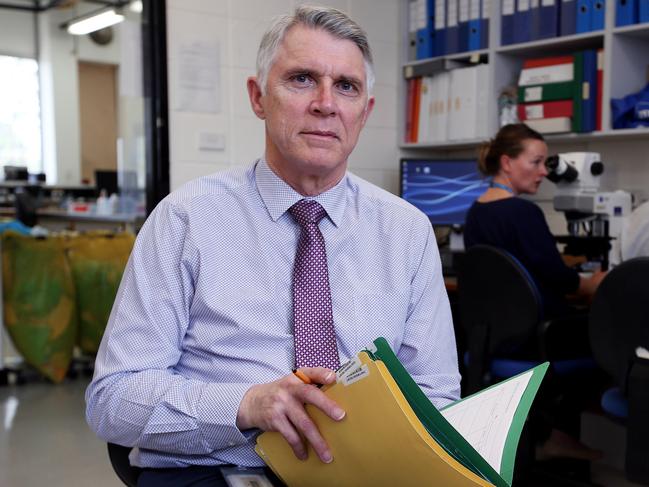
Fast forward to 2015 and a breakthrough in the police investigation produced a DNA match — the bone was from slain mum Karlie Pearce-Stevenson.
“We were just completely gobsmacked,” Dr Bruce told The Sunday Telegraph.
In July, Daniel Holdom pleaded guilty in the NSW Supreme Court to murdering Ms Pearce-Stevenson, 20, and her two-year-old daughter, Khandalyce.
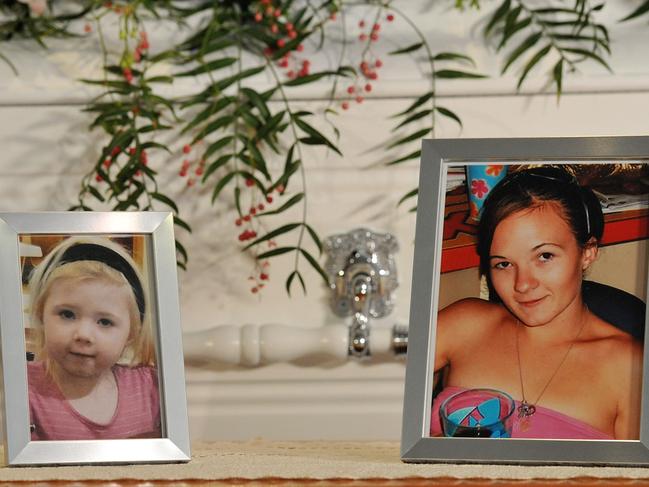
The little girl’s DNA had finally revealed the identity of the Belanglo skeleton — and their killer — one of more than 50 cold cases Dr Bruce has helped crack.
MORE FROM MIRANDA WOOD
SYDNEY’S NEWEST ‘BAMBOO BASKET’ BUILDING
SITE OF NEW SYDNEY CRUISE TERMINAL REVEALED
The DNA detective led testing on more than 2000 historic sexual assault cases and 80 unsolved homicides, part of a five-year project with the NSW Police.
“It’s not the CSI effect where in 40 minutes you say ‘wow, I found all this evidence’,” Dr Bruce said.
“The idea of it was to get the samples that had been stored since 1985, which predated our DNA testing, and to review the cases and test them.”
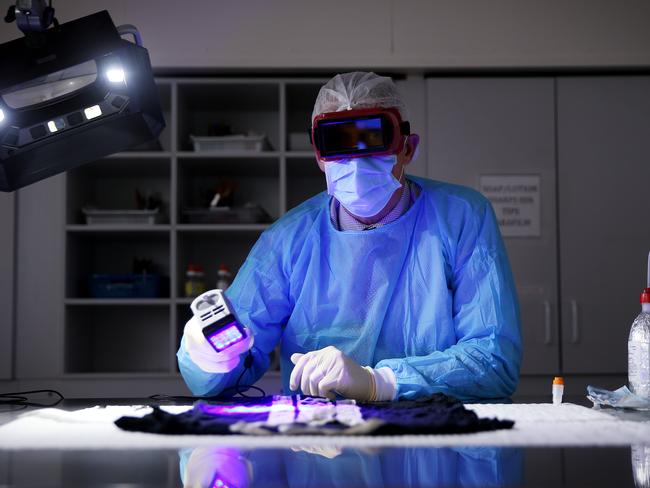
Some of the high-profile deaths Dr Bruce has helped solve include Pia Navida in 1992, Felipe Flores in 1991 and Jennifer Smith, who was found in a laneway in Newtown, in Sydney’s inner west, in 1998.
“It was very challenging,” Dr Bruce said.
“It relied on really good liaison with the police and it was very rewarding working with detective and investigators.”
Six years after the Cold Case Justice Project ended, Dr Bruce — the state’s “go-to person” for cold case DNA work — said the groundbreaking efforts continue to have an impact.
“There are still cases that are going through investigation and through the courts and trial stage,” he said.
“We might review again and we’ll look at going back to the exhibits themselves. It might be that we need to hold and wait for the technology to catch up but they will always remain open.”
Dr Bruce and the scientists at the NSW Forensic and Analytical Science Service (FASS) are about to add a more powerful DNA weapon to their arsenal.
The team is testing a new kit that will map 27 markers on the Y chromosome compared with the state’s current technology that only marks 17.
The move comes after a British backpacker, who was found guilty of rape in a NSW court in 2016, had his conviction quashed and a retrial ordered after a DNA sample was tested using the new kit in South Australia.
The prosecution conceded at the Court of Criminal Appeal the new analysis “was a more discriminating DNA test than that currently used by the NSW forensic testing service”.
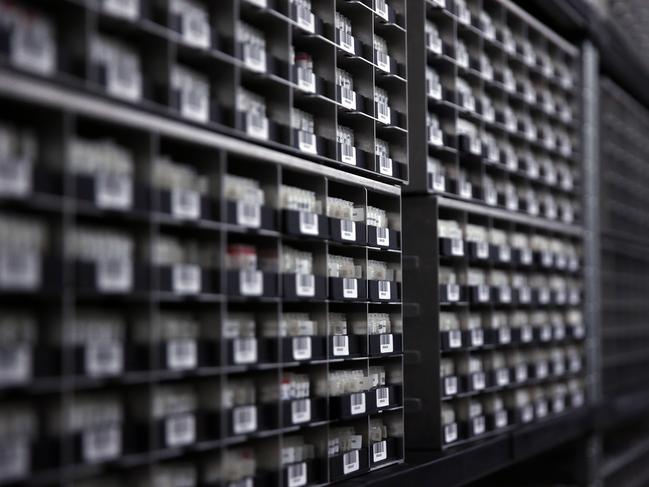
Although Dr Bruce is prevented from commenting on the case, he said the kit was being “validated”.
“The South Australians had implemented a more extensive Y profiling kit,” he said.
“We are currently validating that kit for implementation as soon as possible.
“The validation is quite an extensive process because we want to get it right. We’re not going to put a kit in place where we are uncertain of results and we can’t go back.”
DNA technology is advancing at such a rate, Dr Bruce said, in the near future, comfits — an image of a suspect produced for the police — would be created purely from a DNA sample.
“This is where research and development is going,” he said.
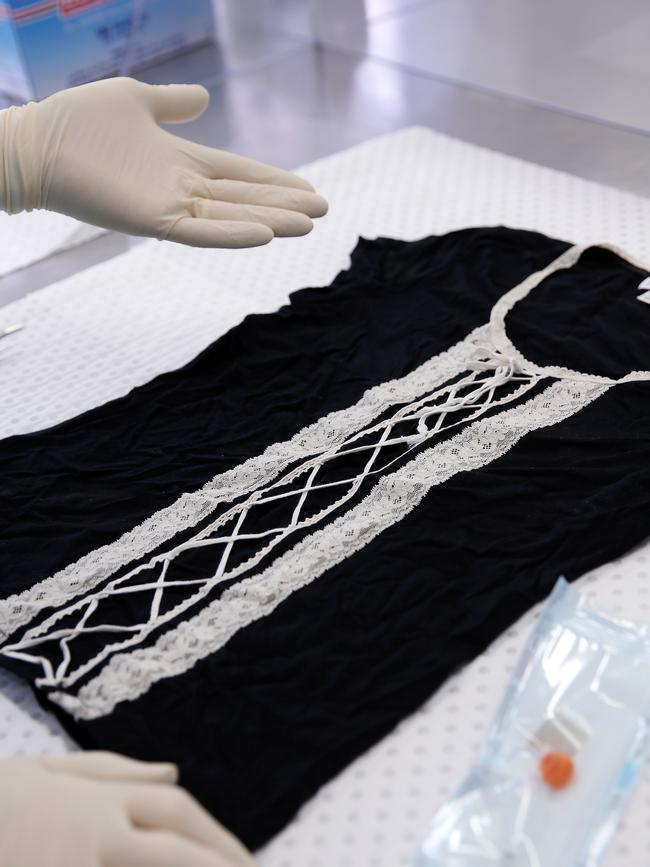
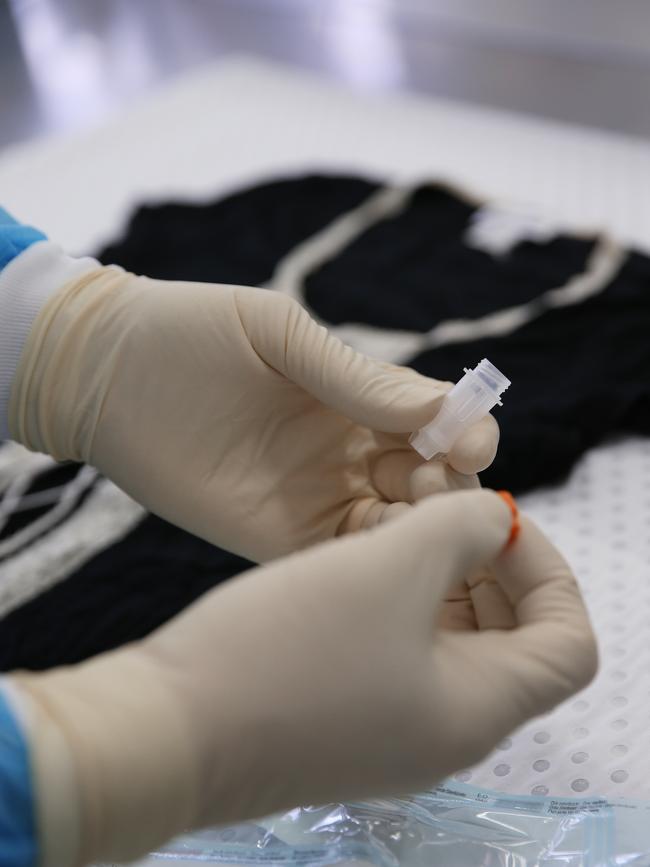
At the DNA laboratory in Lidcombe, in Sydney’s west, Dr Bruce and his team process 50,000 samples each year and can turn around an “urgent” request in 12 hours.
When The Sunday Telegraph was granted access to the secure facility, mouth swabs were taken to provide a DNA sample to the staff database. The extraordinary steps are designed to protect the integrity of the sterile lab and identify any contamination.
If unknown DNA is later found in a sample, we can be ruled out.
And anyone crossing a line of white tape into the examination area must wear face masks, hair nets and surgical gown.
It’s a “dream job” for Dr Bruce who started at FASS 18 years ago.
“When we first did DNA testing you needed a blood stain the size of a 50 cent piece,” he said.
“Now from a tiny blood stain, you can get a DNA profile from as few as 20 individual cells. It just shows how that’s progressed.”


